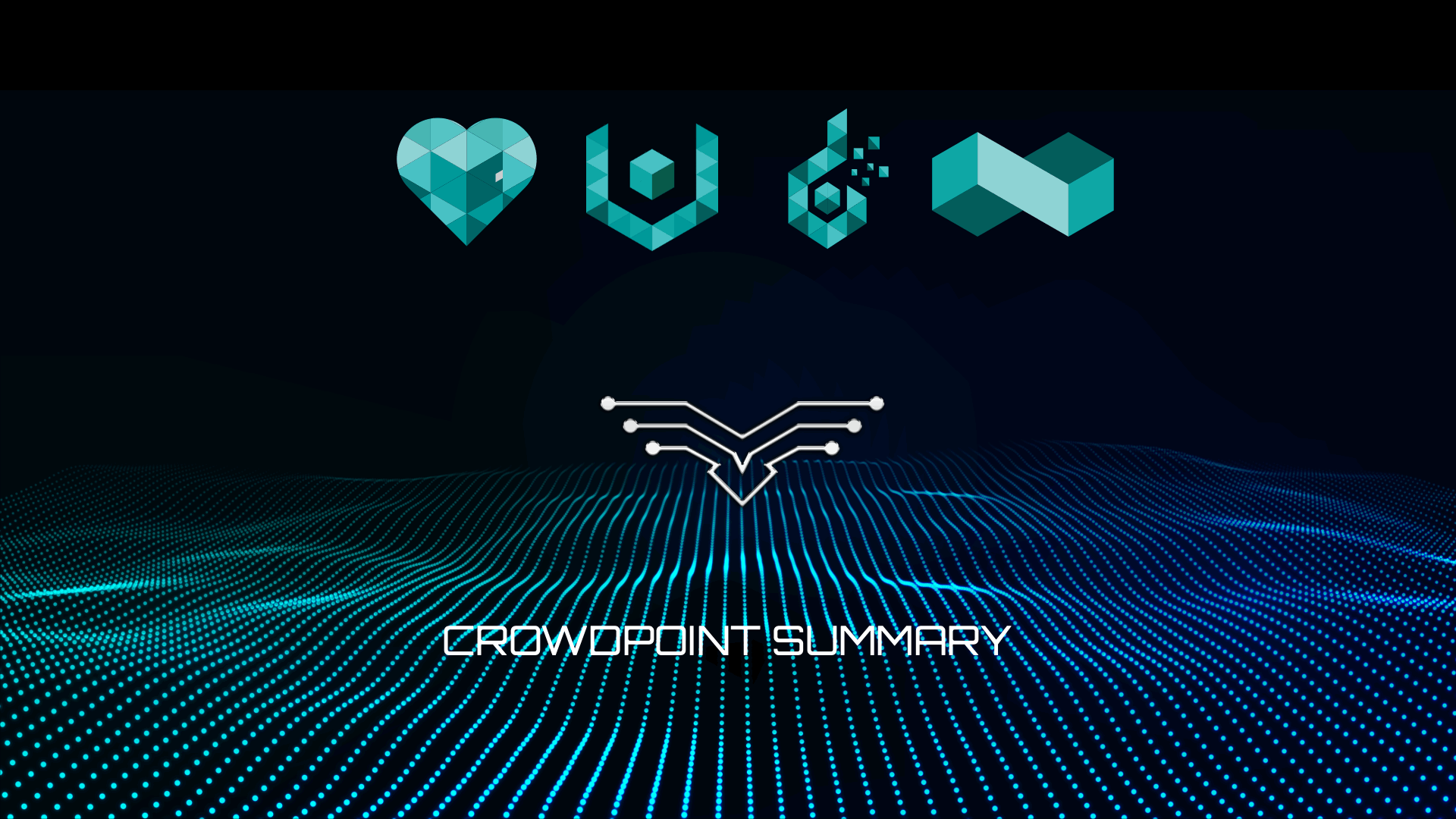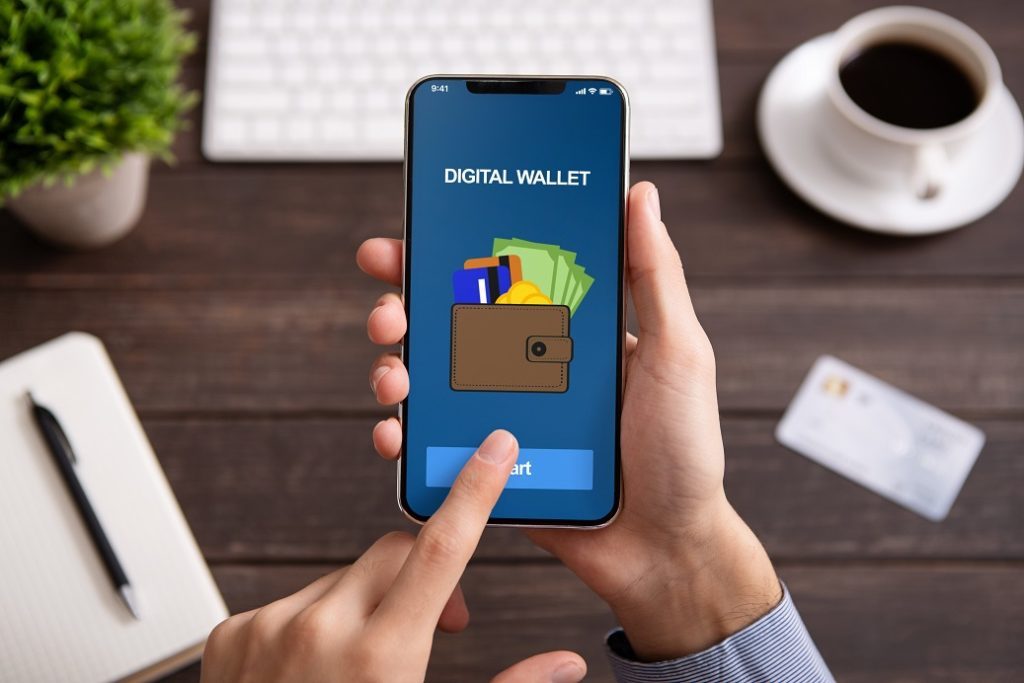
Digital Banking is taking financial assets and moving them from traditional activities to online platforms. The process of digitizing banking activities includes moving cash deposits, withdrawals and transfers, the management of accounts, applying for financial products, managing loans, paying bills and any account services online. These would typically be performed in a financial institution such as a bank, however they are away from that.
What is Digital Banking
With the development of technology, consumers are being given easier access to mobile devices that have access to online services and digital services. Physical banks are losing out on opportunities to expand due to the fast-moving transformation of digital services as customers are willing to switch services for unique digital features such as online bill pay, mobile payments, faster transfer speeds and convenient loan applications.
Banks are not solely relying on investments on their physical locations anymore, as more banks see growth in digital services and most users not needing to go to physical banks anymore. By converting to digital features, banks are using their investments to cater to younger customers who are more likely to use updated technology and therefore extend the lifespan of their banking company.
History of Digital Banking
1993 – Temenos AG was founded, which is a banking software system provider that supports retail, private, corporate, community, and other types banks.
1994 – Online banking is built into Microsoft Money, which was one of the first online banking/financial software. This was one of the first banking accounts accessible to standard households.
1997 – Canada launches Tangerine, the first digital-only bank in the area.
1998 – The United States launches Internet Bank, the first digital-only bank in the area.
2001 – Online banking expands to over 20 million unique users, with at least eight different US banks crossing the plateau of 1 million different users.
2007 – The launch of the first iPhone begins a pivotal shift to digital banking with users given access to their banking information on the go.
2009 – Online banking reaches 54 million sole users in the US alone.
2016 – Millennials push the transition to digital banking preferences, giving a signal to banks to work towards more online options.
2018 – Temenos acquires competitors and grows to be the leader of providing digital customer options for most financial organizations.
2019 – Temenos acquires mobile app leaders to create an empire of digital banking services.
Digital Transformation
At the beginning of the digital shift, households would gain access to their accounts. As time went on, services that were traditionally held in brick and mortar, physical locations. As technology progressed, more devices gained access to banking services online. In order to keep up with the times, banks needed to lead the way for financial institutions by adapting to digital times.
Digital Banking vs. Traditional Banking
Other than the shift from traditional banking to digital services, the main way that it expands the banking industry is its ability to shift to a purely customer-centric strategy. By opening up an omnichannel for consumers, potential, loyal and past customers are given more ways to access financial services.
As this transformation continues, traditional physical banking locations become obsolete and aren’t as useful as most services online. The importance of physical locations begins to rely solely on the ability to perform and receive services that cannot be performed digitally. Once the full transition is complete, traditional banking will become completely obsolete and it will continue to grow.
Benefits of Digital Banking
Cost Reduction
The reinvestment of money into digital services helps reduce the cost of operations for traditional banks. This reduces labor costs, upkeep for location, rent costs, and possible extra physical costs that come with running a brick and mortar.
Agility
By moving into the digital space, this makes data transfers go quickly, which allows for more time to work on other aspects of the online banking experience. This speed also allows users to spend less time in banking services and use their time efficiently.
Viability
The rate at which online services operate is incredibly successful, as most services are done on secure servers that allow for privacy, security, quick and efficient services, and monitored transactions.
Increase in Revenue
With more accessibility, this creates a larger market and audience for services, which will ultimately increase revenue to the business. Financial institutions will be able to service more customers and corporations to help with their increased demand and services.
Attract and Retain Customers
Customers tend to stay loyal to companies that adapt and innovate, as there becomes less reasons to move into a different service or company. With assets constantly being monitored and services being updated, customers are able to be attracted by these features and stay because of them.
Stay Ahead of the Competition
By staying ahead of the competition, financial institutions can predict trends and help retain customers as well as stay updated more than their competition in order to retain the audience they have. This can help attract a larger audience and help make them leaders in their industry.
Remain Compliant with New Legislation
With more policies and restrictions released with technology, service and institutional rise, being compliant with legislation helps financial industries create systems that are fair and updated with the latest rules and regulations.
Risks and Challenges
Legacy Platforms
Legacy cores tend to be older and hold important information regarding banking, and those can become obsolete and inaccessible with the shift to digital banking. These files can be transferred and uploaded, however that takes a lot of manual labor and sometimes institutions aren’t able to upkeep those files.
Finding the Right People to Transform
Some people are just used to the old school ways of operating and prefer in-person banking. It can be complicated and some may not understand it well, so shifting to a completely digital platform can cause a barrier of accessibility to certain audiences.
Winning and Retaining Customer’s Trust
With word of fraud, digital attacks, and cyber threats, winning and retaining customer trust can be difficult. Even with smaller instances or one big one, this can derail any momentum on gaining the trust of customers and they may turn to another method of banking quickly.
Meeting Regulatory Requirements
With new regulations and rules in place as the shift to online banking continues, it is sometimes difficult to maintain compliant to these rules as they are new, difficult to understand, and may cost more capital to upkeep.
Digital Banking Solutions
There are many different digital solutions which help cater to different customers’ needs. These solutions come from the difference in loan software. ??Loan software puts into view the design and facilitation of the service of providing loans.
There are multiple types of banking products and services. To qualify as a Digital Banking Platform/Solution they must contain the following things
- Delivery of digital services through different channels
- Be able to facilitate the services for quality consumer communication and service
- Management of lending and non-lending products within a digital platform
- Design use specifically for online banking
- Support for third-party systems and networks
Digital Banking for Traditional Banks These solutions relate to the most basic and popular form of digital banking. These are the solutions that take brick and mortar banking options and shifting to their digital counterpart. Whether that’s use online, or through a mobile app, switching gears to the digital counterpart of their banking system could be a solution. Finestra An example of a single platform that helps consumers, businesses and employees, Finastra is a scalable solution to help grow with their clientele. Including in house or hosted solutions, Finastra is a quick innovative company that helps use design and scalability to help create an easier online banking solution. Cryptocurrency With the rise and popularity of cryptocurrency, some consumers of digital banking solutions have opted to go with a new non-traditional route by hosting their currency in cryptocurrency. With the use of mobile wallets and an open network as a distributed ledger to help keep transactions public while keeping the information of the parties private. Without the oversight of an FDIC or government entity, cryptocurrency comes with its own risks and rewards. What is the Future of Digital Banking? The leading talk of digital banking revolves around artificial intelligence or AI. As more AI technology is set in place in other industries, banking is looking to advance their AI tools to help service more companies and save on time and efforts in that department. AI is the perfect asset to help aid millennials with online banking and can help teach older generations to efficiently bank digitally. These technologies can develop personal connections as well as easier workflows when working with one’s financial situations. Although costly, it could very well be the future. Digital Banking Industry Trends One industry leading trend is the move to mobile banking. As more users have accessibility to smart phones, it becomes easier to roll out services to help them out. With the rise of Banking-As-A-Service (BaaS), accounts are able to present options for cutomers to work within their digital space. Final Thoughts As times evolve, Digital Banking has become an incredibly trendy and worthwhile investment for banking institutions. Online Banking has become a culture that has customers in mind as well as their business and industry. Being able to service more customers in efficient ways is how banking is evolving towards a digital space. As technology grows, so will banking and BaaS will help expand the industry.





